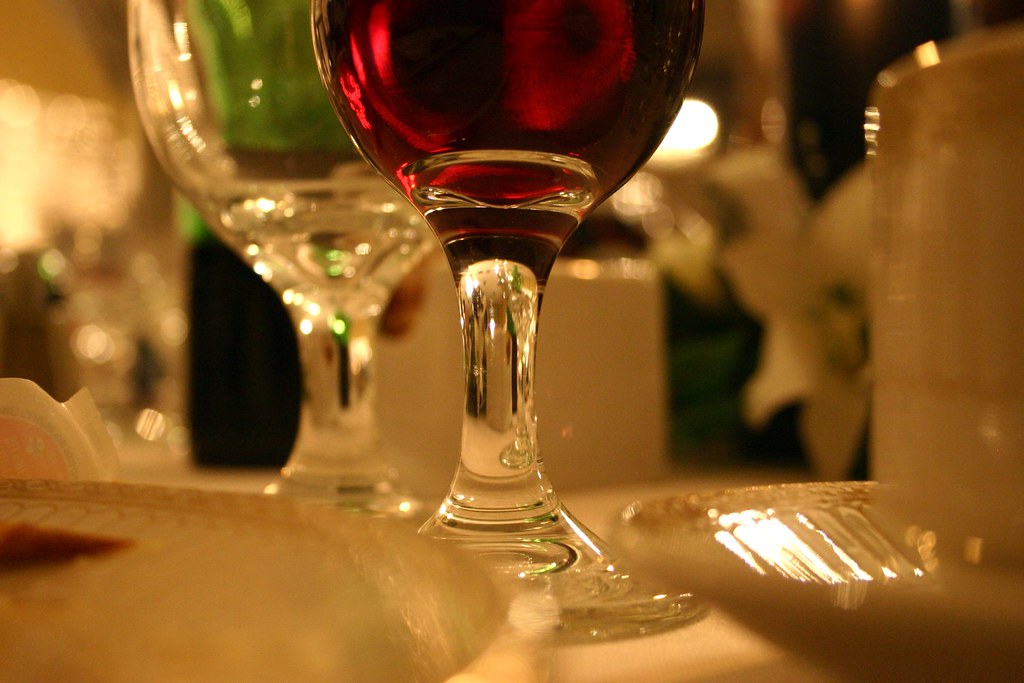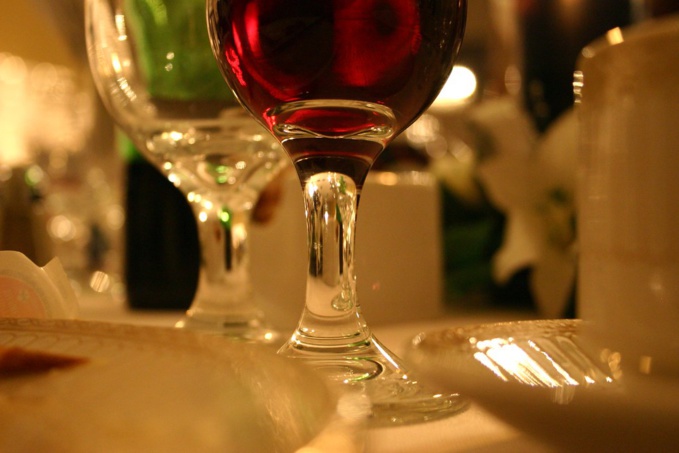In 2018, there were ominous signs in the form of global natural disasters. In the year 2019, the list of fatal threats included political risks. Either pondering the next manifesto of populism, or actually deciding to protect the shaky American wine industry from the crisis, the US president announced a sharp increase in import duties - first for sparkling, and then for still wine from the European Union.
If new duties are introduced according to the worst-case scenario, this could result in the most serious shocks for European winemaking. French wine officials have already appealed for help to their President and announced that the introduction of new duties puts at least 100,000 jobs out of half a million that directly or indirectly serve the French wine industry. The French Export Council for Wine and Spirits requested emergency assistance in the amount of € 300 million. Having become loyal amid the appearances of the "yellow vests," Emmanuel Macron promised winemakers to help.
World winemaking, in which Europe still dominates in volume and value terms, has already entered a crisis of overproduction. According to OIV (International Organization of Viticulture and Winemaking), in 2018, 293 million hectoliters of wine were produced in the world, and consumption amounted to approximately 246 million hectoliters. That is, almost a fifth of the volume remained unclaimed.
One of the few reasons for optimism was the continued growth in consumption in the two largest markets: Chinese and American. However, in 2019, the total volume of wine sales in the United States and China began to fall. Impartial analysts predict that the decline will continue into 2020. Only the premium category, defined as $ 15–20, was recognized as growing in the US market. However, in its upper price segment, the wine market has now stopped in indecision.
According to the results of 2019, the Liv-ex index, which indicates the quotes of the most popular collection wines in the world, also fell - on average by 2.5%, and for various positions the negative dynamics ranged from 3% to 7%. Uncertainty in markets such as Hong Kong and the United Kingdom, traditionally important for premium wines, also has a negative effect on sales. Marketers call one of the main reasons for stagnation the generational change: despite the unprecedented breakthrough in the quality of produced wines, millennials are not very interested in them yet. According to the California-based SVB (Silicon Valley Bank), in the United States, people aged 23 to 38 account for only 17% of the wine consumed. So far it has not been possible to create a new consumption model that would increase the popularity of wine among young and active buyers.
In addition to political and economic, climatic threats still hang over winemaking. A report published on the website of the National Academy of Sciences of the United States (Proceedings of the National Academy of Sciences) and quoted by the British magazine Decanter warns that approximately half of the land (up to 56%) occupied by vineyards today will be unsuitable for viticulture if the global air temperature rise by an average of 2 degrees Celsius. If global warming continues and the temperature rises by 4 degrees, then the area unsuitable for viticulture will seize 85% of the current area.
New biological threats associated with mutations of bacteria and their carriers will arise in addition to climate threat, in the near future.
source: forbes.com, oiv.int
If new duties are introduced according to the worst-case scenario, this could result in the most serious shocks for European winemaking. French wine officials have already appealed for help to their President and announced that the introduction of new duties puts at least 100,000 jobs out of half a million that directly or indirectly serve the French wine industry. The French Export Council for Wine and Spirits requested emergency assistance in the amount of € 300 million. Having become loyal amid the appearances of the "yellow vests," Emmanuel Macron promised winemakers to help.
World winemaking, in which Europe still dominates in volume and value terms, has already entered a crisis of overproduction. According to OIV (International Organization of Viticulture and Winemaking), in 2018, 293 million hectoliters of wine were produced in the world, and consumption amounted to approximately 246 million hectoliters. That is, almost a fifth of the volume remained unclaimed.
One of the few reasons for optimism was the continued growth in consumption in the two largest markets: Chinese and American. However, in 2019, the total volume of wine sales in the United States and China began to fall. Impartial analysts predict that the decline will continue into 2020. Only the premium category, defined as $ 15–20, was recognized as growing in the US market. However, in its upper price segment, the wine market has now stopped in indecision.
According to the results of 2019, the Liv-ex index, which indicates the quotes of the most popular collection wines in the world, also fell - on average by 2.5%, and for various positions the negative dynamics ranged from 3% to 7%. Uncertainty in markets such as Hong Kong and the United Kingdom, traditionally important for premium wines, also has a negative effect on sales. Marketers call one of the main reasons for stagnation the generational change: despite the unprecedented breakthrough in the quality of produced wines, millennials are not very interested in them yet. According to the California-based SVB (Silicon Valley Bank), in the United States, people aged 23 to 38 account for only 17% of the wine consumed. So far it has not been possible to create a new consumption model that would increase the popularity of wine among young and active buyers.
In addition to political and economic, climatic threats still hang over winemaking. A report published on the website of the National Academy of Sciences of the United States (Proceedings of the National Academy of Sciences) and quoted by the British magazine Decanter warns that approximately half of the land (up to 56%) occupied by vineyards today will be unsuitable for viticulture if the global air temperature rise by an average of 2 degrees Celsius. If global warming continues and the temperature rises by 4 degrees, then the area unsuitable for viticulture will seize 85% of the current area.
New biological threats associated with mutations of bacteria and their carriers will arise in addition to climate threat, in the near future.
source: forbes.com, oiv.int



















